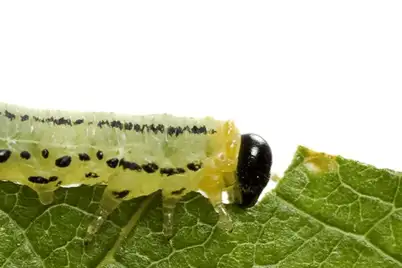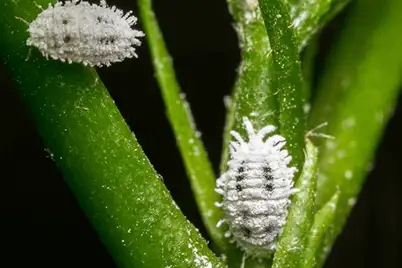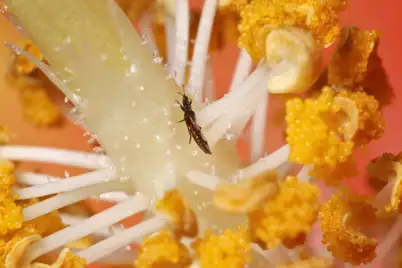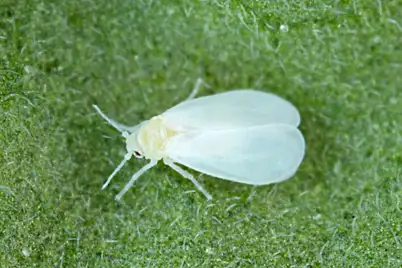Flies typically have a life cycle of complete metamorphosis - egg, larva, pupa and adult. Most female flies are capable of laying hundreds of eggs, and most flies are at their peak during the warmer months of the year.
House Flies tend to congregate where humans are and may breed in all sorts of organic waste, including in poorly-managed open compost bins and animal droppings. Adult House Flies need to feed before breeding and are especially drawn to sweet foods in houses. There may be anywhere between 10 and 20 generations per year, depending on the climate.
Bush Flies breed in animal dung and large populations can build up around intensive livestock operations. Bush Flies are present all year round in northern Australia, but populations may decline during the wet season, especially in coastal areas. In the southern third of the country they are present over the warmer months of the year, but cannot survive southern winters.
Blow Flies breed in carrion and the females can lay live young. Adult Blow Flies are attracted to flowers where they feed on nectar, and because they are hairy they are very efficient pollinators. Pollination, along with the other ecological service Blow Flies perform - breaking down animal carcasses - makes them beneficial insects rather than pests. If their buzzing annoys you, just screen them out of the house.
Stable Flies have piercing mouthparts which they use to feed on blood. They can bite humans, but are more of a problem for domestic animals and livestock. Stable Flies are unusual bloodsuckers in that both sexes feed on blood - usually only females feed on blood. Stable Flies breed in moist, decaying organic matter such as manure mixed with straw, silage, crop residue, hay, grain, manure and soiled animal bedding.
Biting Midges breed in the sandy edges of rivers and estuaries and are particularly problematic to communities located in such environments. Only the female bites, because she needs the protein in blood to lay fertile eggs. Feeding time is usually dawn and dusk.





